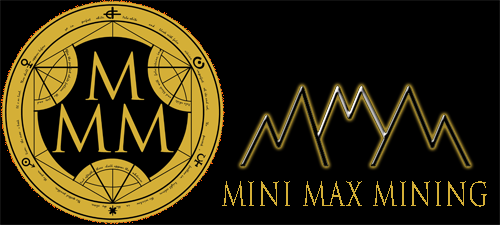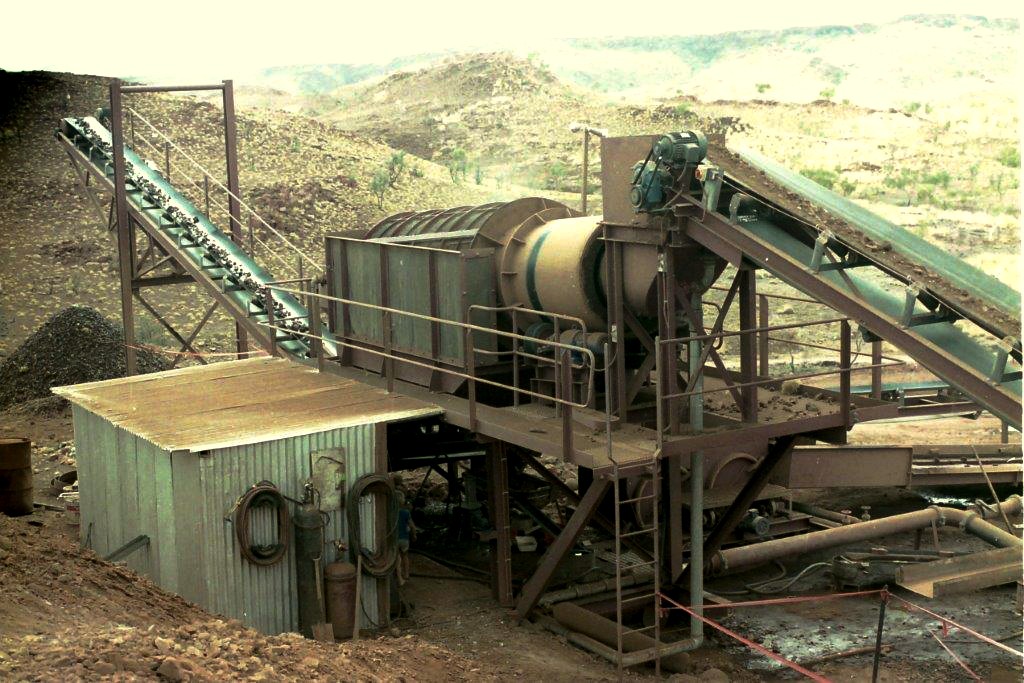Introduction
Small scale mining has a chequered history of success in Australia. The majority of mining and processing operations in the late 18th Century were small scale and successful.
BHP started as a small private mining company and developed into a world class company as an example of a successful company development. Most experienced large mining companies establish a new mine with little chance of failure.
Today we see an increasing percentage of large operations from junior listed companies failing. Is this the result of low operating margins and fluctuating commodity prices or a wider problem in company management or metallurgical application?
Small scale private mining has a dismal history of success in Australia. We have researched this problem over 25 years and considered every imaginable facet of the industry in an effort to identify the issues affecting successful outcomes of mining and processing operations
We have developed a mining model for the successful mining of small proven resources. The factors for successful small mine operation differ from a large mine in many areas and only subtle differences can cause a project to fail. Generally the fundamental factors leading to business success are common to large companies and in fact common to any business success.
This mining model has additional application where it can be attached to a listed exploration company as a service industry. This would encourage further unhindered exploration with companies knowing that so long as they proved up any sized resource they would be able to retrieve exploration costs and a profit to fund further exploration.
Abstract
Australia has more than 700 mineral exploration and mining companies listed on the stock exchange. Approximately 120 of these companies have an operating mine.
Exploration companies peg large areas as exploration licences, select likely drill targets such as abandoned small mines and proceed to drill and define a reserve. The majority of explorers never find a large resource and simply keep returning to the public for a cash top-up. This increasing share register inevitably means that unless a world class deposit is found no amount of dividend will give a worthwhile return per share. The longer the company exists the worse the situation gets.
Exploration companies are looking for the next “Broken Hill”. Most exploration companies have a number of proven resources that are too small to work. This does not mean that they are sub-economic if worked in a manner commensurate to the size of the resource.
The ASX requirements for advancing a resource to production are set to protect shareholders. The cost of this arduous testing regime causes companies to only be in a position to allocate resources to a large deposit.
The industry is now having to take large but increasingly lower grade deposits to production with the spectre of commodity price sensitivity becoming a huge issue as profit margins get down to 3-5% on turnover. Commodity prices rarely stay within these limits long or short term.
Exploration companies do not advance small resources to production because the cost of resource definition, feasibility studies, engineering studies, etc. outweigh the resource value.
There are a large number of proven deposits available for selection using our mining model with little opposition in the selection process.
Mineral deposits generally have a small core of high grade ore with a low grade envelope around them. Mining 100 years ago targeted the high grade core whereas companies looking for large resources take the low grade envelope as well.
Large scale mining
Successful mining companies have a plan for taking a mineral deposit from high risk grass roots exploration through to production. A fundamental of this pathway is the reduction of risk. At any point of project development the project is likely to be abandoned.
The project proceeds with a plan in place until the mine is established and products are marketed.
We should not assume that these companies have everything right and in fact a company develops unavoidable inefficiencies as it grows larger.
A notable operational anomaly with miners is the marketing of mined products as
concentrates. The refining companies make substantial profit with little risk when they buy concentrates.
Small scale mining
Our mining model aims to emulate the successful mining companies and in addition to incorporate factors not available to a large company.
Company structure
We would propose a simple basic management structure and use consultants where necessary.
Project selection
We aim to select projects that have a proven reserve and were abandoned before full ore body definition. Projects under consideration at this time have potential to become much larger as project development pays for additional testing.
The greatest risk in the industry is locating and defining a resource with a profitable grade of ore. Our model does not consider the risk of grass roots exploration when we have the opportunity to select from proven resources languishing in the filing cabinets of listed companies.
The odds are stacked against the explorer.
We are happy to allow others to explore and prove up the deposits that we can assess.
We are in the position where we can be very objective in project selection. The location, commodity, size and grade are carefully considered.
We can consider working commodities that generally exist as small deposits and currently trade at high prices. An example is Tin where the world operates from low LME stockpiles, has an increasing usage and large mines are becoming exhausted. Australia has many small high grade reef resources that are ideal for our mining model.
Marketing
We have access to marketing all of our products to contacts in China. This is a long term association.
Small scaled production is not able to influence world commodity prices.
Our ability to get into and out of any mine and commodity means that we can always target high valued commodities.
Metallurgy
The process of recovering metals from ore and value adding them for market is clearly fundamental to success. Most of this work is carried out in our own test facility. This has allowed us to critically assess accepted metallurgy and to improve technology on some occasions.
We have the ability to assess emerging technology and to innovatively implement this where we can construct components.
A small organisation is able to more rapidly implement new technology. In many respects our plants will be more advanced than mines established for a long time.
Underground mining
The high grade resources available to us are often reef type ore bodies that are not amenable to open pit mining.
High grade reefs are often narrow and are not amenable to underground equipment employed by large mines.
We are developing underground mining methods based on accepted principles so that we can operate efficient underground mines and still use mechanisation.
Ore Grade
High ore grade is a key component of our model. The average grade of deposits being developed around the world is falling. Average grade for large developing mines is now 0.5 -0.8% copper. These mines have large waste rock to ore strip ratios.
Low ore grades mean that profit margins are low. These mines become sensitive to commodity price fluctuations. The last GFC resulted in a number of Australian mining companies closing mines that have never re-opened. At least one company went into liquidation.
We aim to have ore grades giving us approximately 50% profit margin on operating turnover.
Secondary minerals
Most mined ore has one or more secondary and saleable minerals.
Large mines producing and marketing concentrates do not always get paid for the secondary minerals. The sale contracts often have provision for this type of sale but are restrictive. If secondary mineral content is high it is paid for. The scale of payment in the contracts can mean that not only are minerals not paid for as the level falls but at a low level the content is charged for as a contaminant by the refiner.
We aim to value add all minerals to LME standard and get the full market price.
Scavenge mining
The mining model can be applied flexibly in different circumstances. One example is opening up abandoned mines and mining and processing residue ore. This may be ore types that were not amenable to extraction in the original process plant. The volumes may be too small to warrant equipment on a big operation. Oxide ore stockpiles are an example where plants are built for sulphide ore.
An advantage is that a lot of infrastructure remains on the site.
Mining companies can approach us to do this work as they shut an expended operation. We have established this type of operation at Whim Creek copper mine.
An advantage for the company is that we can contribute to the site rehabilitation.
New small mines
We are negotiating small proven resources with a number of mining companies.
We would aim to either buy or work resources on a joint venture basis.
Research/ technology
We have an interest in improvement of metallurgical technology. Our scale of mining is ideal for testing developments beyond theory or laboratory work.
We have demonstrated success in this area.
General notes
Our process plants are designed for adaptability to different ore types. The equipment is modular for transport and quick set up.
The design will allow for changing equipment components depending on the metallurgical requirements.
Process capacity increase can be accommodated with adding parallel process trains.
Conclusion
This model has been developed over a lifetime in the mining industry.
The model was successfully trialled on a 500,000 ton oxide ore stockpile at the Kanmantoo mine near Adelaide. The plant recovered 3 tons of copper cement per day. This stockpile was built 40 years ago and was a potential environmental hazard.
We have established a 5 ton per day copper cathode plant at the recently closed Whim Creek copper mine in WA as a further trial of this model.
Funding
We have many opportunities to develop resources that require investment capital. We welcome investors seeking opportunity to register their interest with us.

